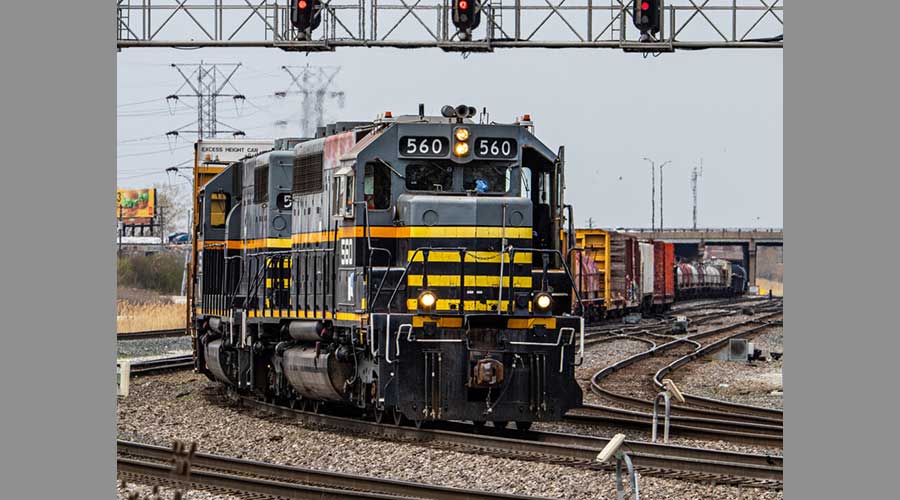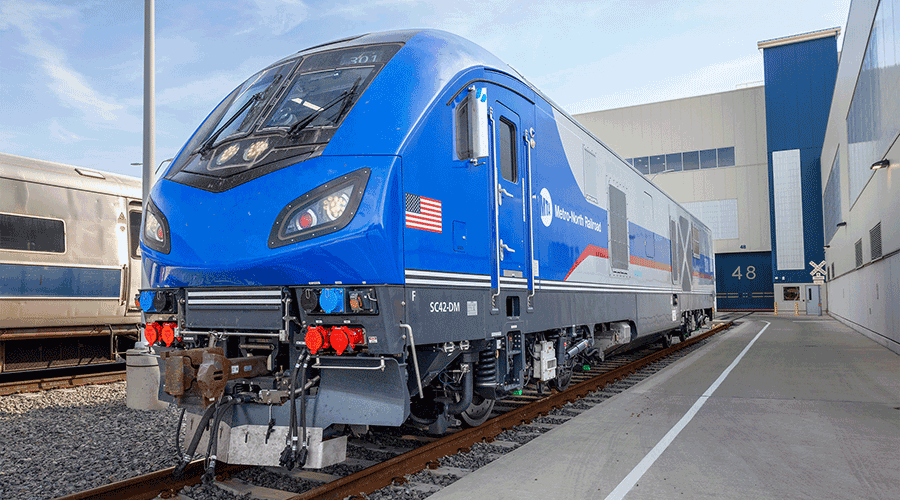Newsletter Sign Up
Stay updated on news, articles and information for the rail industry
Stay updated on news, articles and information for the rail industry
RAIL EMPLOYMENT & NOTICES
Rail News Home
Amtrak
Rail News: Amtrak
2/6/2012
Rail News: Amtrak
Amtrak requests lower operating, higher capital funding for FY2013
advertisement
Last week, Amtrak officials requested $2.17 billion in federal funding as part of the national intercity passenger railroad’s fiscal-year 2013 grant and legislative request to support its operating and capital needs.
The funding request consists of four major parts: $450 million for operations to support the national network of corridor, state-supported and long-distance trains; $1.43 billon for capital and infrastructure projects nationally; $212 million for debt service; and $60 million for Northeast Corridor development projects, the Gateway Program to add track, station and tunnel capacity into the heart of Manhattan, and the 220 mph next-generation high-speed rail system from Washington, D.C., to Boston.
The $450 million in requested federal operating support is less than the $466 million appropriated by Congress in FY2012.
"Amtrak's request for less federal operating support is a strong statement on just how much this railroad has improved its management and financial health,” Amtrak President and Chief Executive Officer Joe Boardman said in a prepared statement. “The fact is, Amtrak now covers 85 percent of its operating costs with non-federal dollars and we will further improve on that number without cutting service."
The railroad is investing in projects critical for enhancing the passenger experience, and essential for supporting its national network and future, Amtrak officials said.
The $1.435 billion request for capital and infrastructure projects is a significant increase from the $657 million that Congress appropriated in FY2012, but is necessary to move beyond maintenance of existing equipment and infrastructure and invest in improvements that support faster, more frequent and more reliable service in the Northeast, Midwest and elsewhere, said Boardman.
The funding request consists of four major parts: $450 million for operations to support the national network of corridor, state-supported and long-distance trains; $1.43 billon for capital and infrastructure projects nationally; $212 million for debt service; and $60 million for Northeast Corridor development projects, the Gateway Program to add track, station and tunnel capacity into the heart of Manhattan, and the 220 mph next-generation high-speed rail system from Washington, D.C., to Boston.
The $450 million in requested federal operating support is less than the $466 million appropriated by Congress in FY2012.
"Amtrak's request for less federal operating support is a strong statement on just how much this railroad has improved its management and financial health,” Amtrak President and Chief Executive Officer Joe Boardman said in a prepared statement. “The fact is, Amtrak now covers 85 percent of its operating costs with non-federal dollars and we will further improve on that number without cutting service."
The railroad is investing in projects critical for enhancing the passenger experience, and essential for supporting its national network and future, Amtrak officials said.
The $1.435 billion request for capital and infrastructure projects is a significant increase from the $657 million that Congress appropriated in FY2012, but is necessary to move beyond maintenance of existing equipment and infrastructure and invest in improvements that support faster, more frequent and more reliable service in the Northeast, Midwest and elsewhere, said Boardman.


 2025 MOW Spending Report: Passenger-rail programs
2025 MOW Spending Report: Passenger-rail programs
 Gardner steps down as Amtrak CEO
Gardner steps down as Amtrak CEO
 Guest comment: Oliver Wyman’s David Hunt
Guest comment: Oliver Wyman’s David Hunt
 Women of Influence in Rail eBook
Women of Influence in Rail eBook
 railPrime
railPrime







